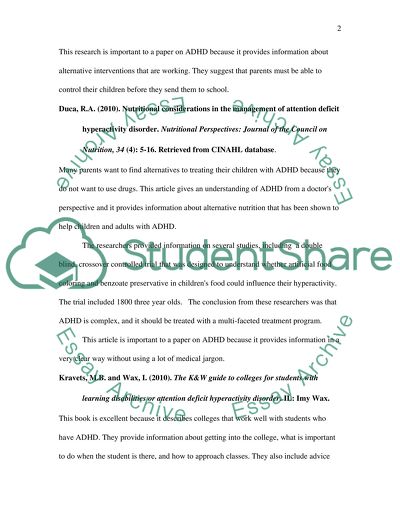Cite this document
(“Attention deficit disorder with hyperactivity Annotated Bibliography”, n.d.)
Retrieved from https://studentshare.org/sports-and-recreation/1413973-attention-deficit-disorder-with-hyperactivity
Retrieved from https://studentshare.org/sports-and-recreation/1413973-attention-deficit-disorder-with-hyperactivity
(Attention Deficit Disorder With Hyperactivity Annotated Bibliography)
https://studentshare.org/sports-and-recreation/1413973-attention-deficit-disorder-with-hyperactivity.
https://studentshare.org/sports-and-recreation/1413973-attention-deficit-disorder-with-hyperactivity.
“Attention Deficit Disorder With Hyperactivity Annotated Bibliography”, n.d. https://studentshare.org/sports-and-recreation/1413973-attention-deficit-disorder-with-hyperactivity.


